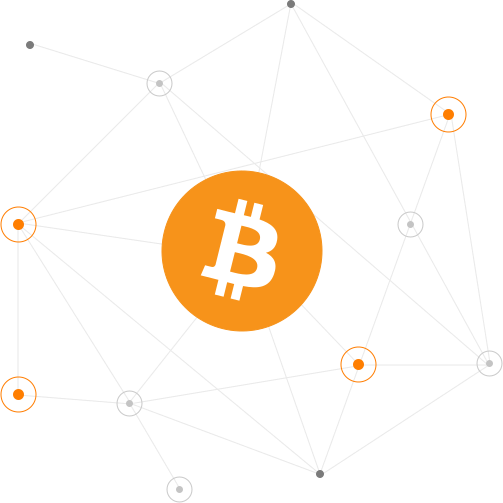Steemit Crypto Academy Assignment [@sapwood Chapter 3] | Wallet Security and Restoration
Hello friends ,Myself swetatiwari
Have you ever used a Hardware/software wallet? Which one is having a better security advantage?
Hardware wallets :
Hardware wallets are a type of cold wallet that can come in portable devices like flash drives, external drive wallets, and so on. The major reason for using a hardware wallet is to prevent instant and immediate access to the funds in it as the wallet isn't connected to the internet, thereby making it very difficult for the funds to be accessed by cybercriminals as they are kept securely offline.
Software wallets :
Software wallets are a type of Wallet that is connected to the Internet. This type of wallet is very common in the crypto space with a lot of companies creating different types. Software wallets are also known as hot wallets. The various types of software wallets are- Web wallet, Desktop client, Mobile Client, Extension, etc.
answer
I haven’t used a hardware wallet such as Trezor and so on so I cannot really speak for it but I am conversant with software wallets a d I can say that so many of them are secured. An example of a software wallet that is very secured is the Blockchain wallet which is a software wallet. It has both a mobile application wallet and a web wallet. When the wallet is created, a unique ID is created which is different from other users, you are requested to set a strong password, use a 2FA, and then still have the opportunity to back up your keys to the wallet. With this type of security, it can be very difficult for hackers to hack through the wallet and move funds.
What are the important points to consider when you deal with an Exchange(centralized) Wallet & Decentralized wallet. How do you secure/restore both types?
These two wallets are completely different with the exchange being responsible for its wallet safety and the individual responsible for the safety of their funds on a decentralized wallet but then when using both, there are certain precautions to be taken to secure as well as restore wallets. First, I will look at securing the wallets
Securing Your Wallet on Exchange
On-exchange wallets that are Centralised, you can experience a bridge that could lead to a loss of part or all of your funds. Exchanges usually advise that to keep your funds safe, you should use a very strong password which should be a string of Capital letters, small letters, numbers, and symbols. The password is expected to be an 8 digit alphanumeric combination. For better security, it is advised that an offline authenticator be used to authenticate every activity on the exchange such as login, P2P buy and sell, Withdrawal, and so on.
You should note that you are not completely in control of your funds. If your security is perfect and the exchange gets hacked, you might lose your funds.
Securing Your Decentralized Wallet
DEX wallet is most preferable because you are the custodian of both the funds and the keys to the wallet. For security purposes, it is often advised that Mnemonics, Private Keys and Back up phrases for Dex wallet shouldn't be screenshotted or kept in picture form. The backup phrases and keys are to be written in an offline notepad and or paper and should be kept securely. Also, a long string of passwords should be used for security purposes as Dex wallet can be accessed from your device if the person accessing it knows your wallet password. Also, if you are planning to keep the funds for a very long time, it is often advised to use multi-signature wallets.
Restoring centralized exchange wallets
When login details to centralized exchanges are lost, it is often recovered through the forgot details (password, id, username, and so on) page or via contacting the customer service representative. In most cases, a KYC or proof to show ownership of the wallet is often requested.
Restoring a decentralized wallet
If the wallet is on a mobile device or any other device and the device gets missing or damaged, the wallet can be restored using the private key, mnemonic, and passphrase for the wallet. If the private keys, passphrases, or mnemonic are lost, then there is no way the wallet can be recovered as the company in charge of the wallet does not store details of private keys and mnemonics.
Give an example of a Web 3.0 wallet and what are the distinct uses of a web 3.0 wallet?

src
A very good example of a Web 3.0 wallet that I am familiar with is Metamask ;
Metmask extension you can access the dApps of Etherum family, interact with DeFi applications, you can also trade in DEX, Lending dApps, you can contribute to liquidity pool and many other sophisticates transaction can be performed with a web 3.0 wallet like Metamask.
@sapwood
@steemcurator01
@steemcurator02


Thank you for attending the lecture in Steemit-Crypto-Academy & doing the homework task-3.
Unfortunately, this is entirely a plagiarized content and copied from @swetatiwari
Original source- https://steemit.com/hive-108451/@swetatiwari/steemit-crypto-academy-assignment-sapwood-chapter-3-or-wallet-security-and-restoration
It is an egregious violation of the Crypto Academy Rules. The very objective of this academy is to proliferate crypto literacy. So you should gain sufficient user experience with a wallet/dApp on your own and then you should submit your assignment.
We would encourage you to publish original content, purely based on your own experience with a wallet/dApp(or as the task demands). Any act of spam/plagiarism diminishes the very idea of Proof-of-Brain, hence disregarded/discouraged by the community.
If you need any further help/clarification related to the task, please feel free to ask.
Thank you.
Homework Task -3
[0]